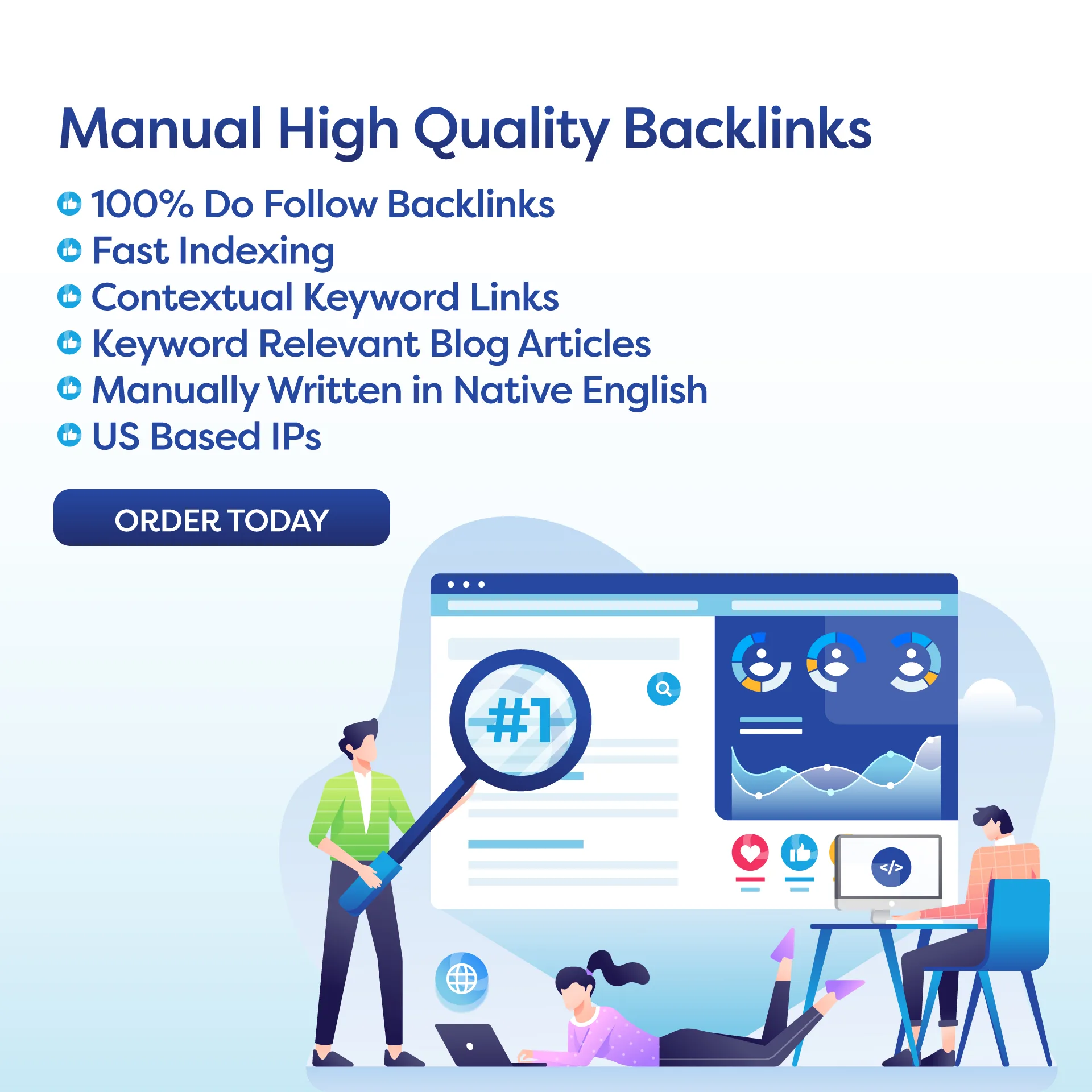Speed Wins: How to Optimize Your Website’s Page Speed
In today’s fast-paced digital world, speed is key. Users have increasingly shorter attention spans and expect websites to load quickly. In fact, studies have shown that 40% of users will abandon a website if it takes more than three seconds to load. Additionally, page speed is also a crucial factor in SEO rankings, as search engines prioritize fast-loading websites. This is why optimizing your website’s page speed is essential for both user experience and SEO. In this article, we will discuss the techniques you can use to increase your website’s speed and improve your overall online presence.
Why Page Speed Matters
As mentioned earlier, page speed is crucial for both user experience and SEO. A slow-loading website can significantly impact user satisfaction, leading to a high bounce rate and low conversions. On the other hand, a fast-loading website can improve user engagement and retention, ultimately resulting in higher conversions and revenue. Moreover, page speed is one of the many factors that search engines consider when ranking websites. A faster website will be prioritized by search engines, leading to better visibility and higher organic traffic.
Techniques to Improve Page Speed
1. Optimize Images
Images are often the biggest contributors to a website’s overall size, which can significantly impact page speed. To optimize images, you can use compression techniques to reduce their file size without compromising quality. You can also specify image dimensions to prevent the browser from resizing them, which can slow down page loading. Furthermore, using the correct image format for each image (JPEG for photographs, PNG for graphics) can also improve page speed.
2. Minimize HTTP Requests
Each element on a webpage, such as images, scripts, and stylesheets, requires a separate HTTP request. The more HTTP requests a page has, the longer it will take to load. To minimize HTTP requests, you can combine multiple files into one, reduce the number of images used, and use CSS instead of images for design elements. Additionally, try to limit the use of third-party scripts and plugins, as they can also increase the number of HTTP requests.
3. Enable Browser Caching
When a user visits a website, their browser stores some of the website’s resources in its cache, allowing for faster loading when the user revisits the website. By enabling browser caching, you can specify how long these resources should be stored in the cache, reducing the need for the browser to make additional HTTP requests. This can significantly improve page speed for returning visitors.
4. Minify Code
Minification is the process of removing unnecessary characters and white spaces from code, without altering its functionality. This can significantly reduce the file size of your website’s HTML, CSS, and JavaScript files, leading to faster page loading. You can use various online tools or plugins to minify your code.
5. Use Content Delivery Networks (CDN)
A CDN is a network of servers located in different geographic locations that store a website’s static content, such as images, CSS, and JavaScript files. When a user visits a website, the CDN will deliver the content from the server closest to the user’s location, reducing the distance the content needs to travel and improving page speed. You can use a CDN to offload some of your website’s bandwidth and improve its overall performance.
Conclusion
In conclusion, page speed is a crucial factor in today’s digital landscape. By optimizing your website’s page speed, you can enhance user experience, increase conversions, and improve your SEO rankings. It’s essential to regularly monitor your website’s speed and make necessary adjustments to ensure it is performing at its best. By following the techniques mentioned in this article, you can achieve a fast-loading website that wins in the digital race.

